With the recent news of the financial markets reaction to Chancellor Kwasi Kwarteng mini-budget, particularly how the Pound is now at an all time low against the dollar this guest blog from Adrian Johansen is most timely. Adrian is a freelance writer who specialises in sustainability and climate change issues and can be found on Twitter
Awareness of biodiversity and the loss of wildflowers has grown in the last few years. Monty Don and David Attenborough advocate famously for better protection for wildflowers on shows like “Gardeners World” and “The Green Planet.”
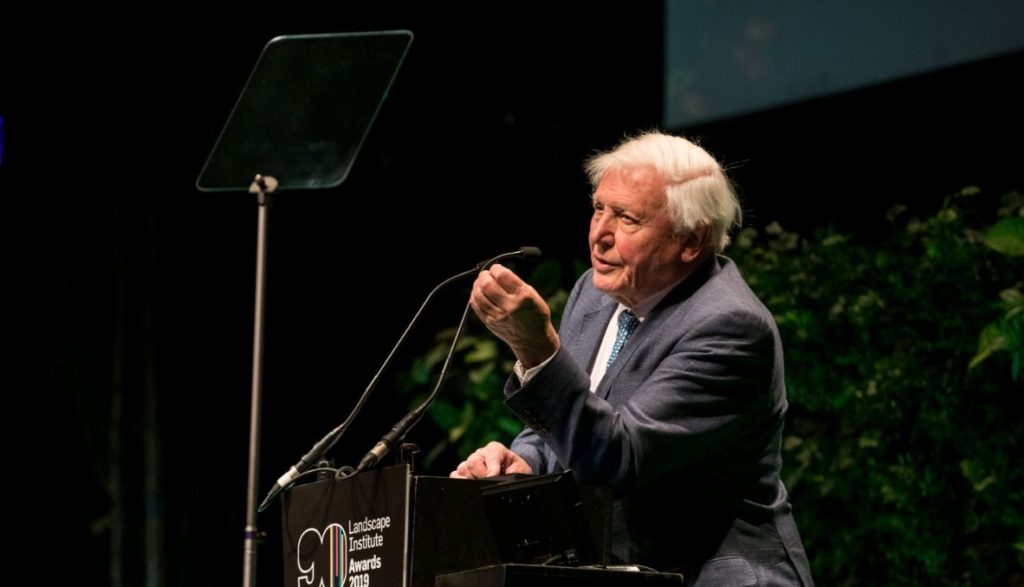
However, recent droughts and the need for more housing have put the calls for greater wildflower protection on the back burner. This puts our greenspaces at risk, as bills like the Environment Act need greater public support to be effectively implemented in the U.K.
It’s the same story across the pond. The climate crisis may put the iconic open prairies that stretch across the central U.S. at risk, as excessive heat and drought will cause inhospitable conditions for plant life.
Grassland and Wildflower Policies
In the U.S., the Trump administration rolled back 100 environmental protections. Many of these protections sought to ensure that natural spaces were preserved and that climate change could be slowed down. Repealing these policies puts the U.S.’s wildflower meadows at major risk, as many grasslands and prairies are sensitive to environmental changes. This can have a significant impact on local biodiversity and animal life, as well as areas of natural beauty.
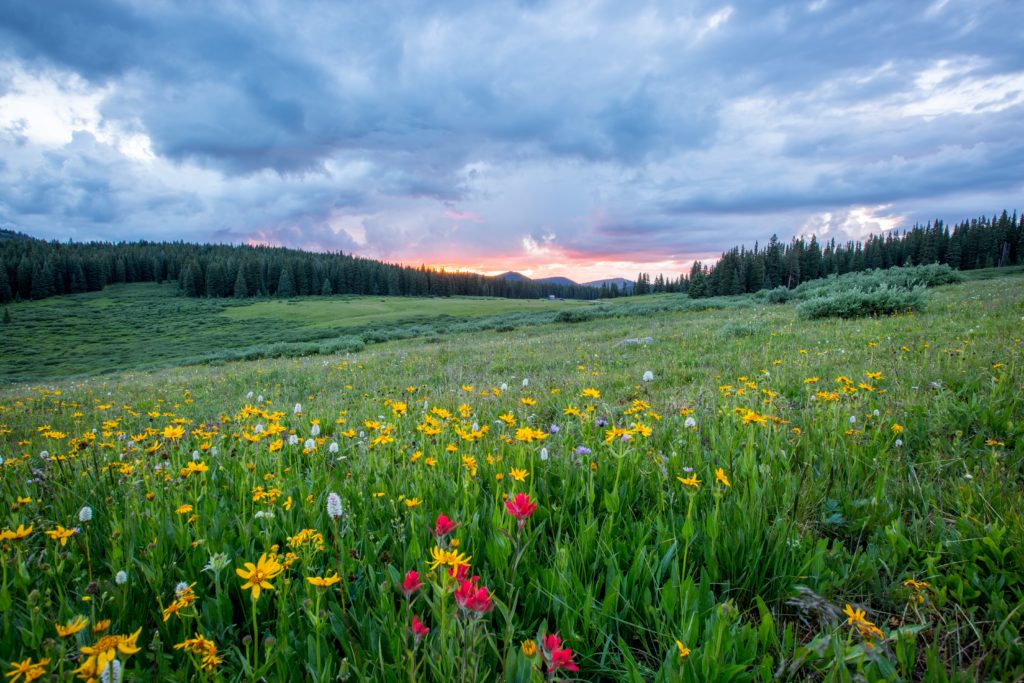
Despite federal changes to environmental protections, many states still run eco-conscious initiatives and maintain strict laws to preserve wildflowers and biodiversity. A large benefit of keeping this natural beauty around is that U.S. citizens can benefit from doctor-prescribed breaks in nature. These so-called “prescription trails” can help patients lower their stress and promote greater mental and physical well-being. This is much cheaper than costly healthcare premiums.
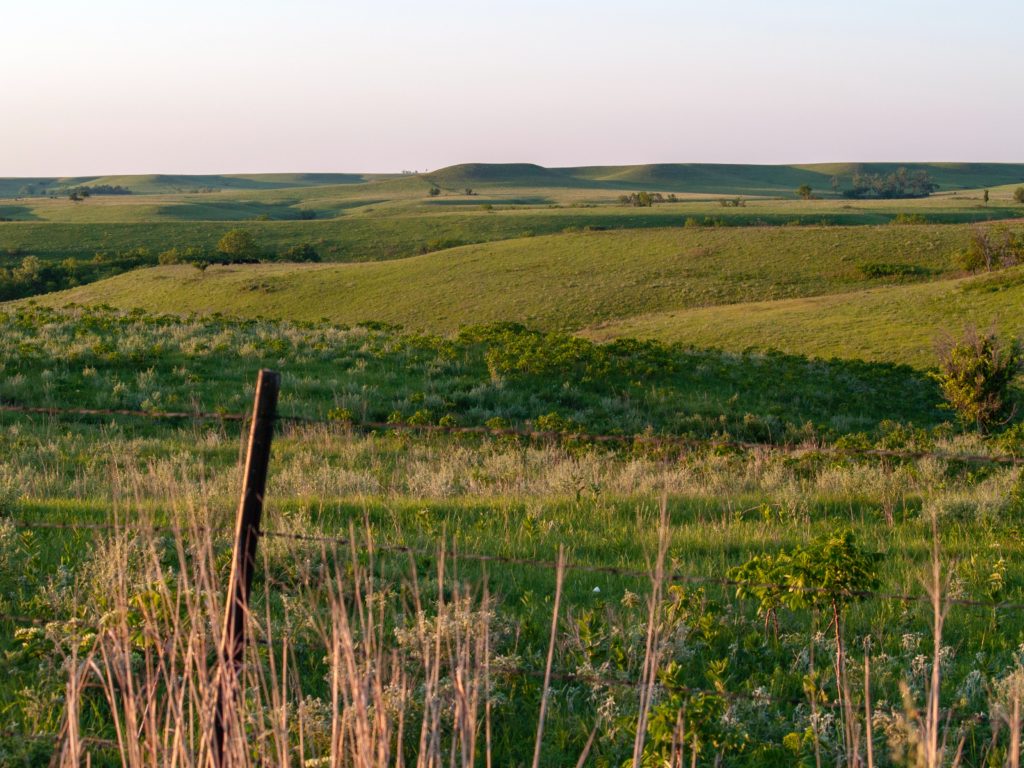
In the U.K., we don’t have the same vast areas of wilderness to explore and enjoy. However, nationally important wildflower grasslands are gaining increased protection from Natural England. For example, areas like Dallow and Down in Luton have been granted special protection as chalk grasslands. Embracing further protections like those at Dallow and Down is vital if the U.K. wants to promote green spaces and offer similar treatments like prescription trails. Since 1937, we’ve lost 97% of all wildflower meadows. Affording greater protection may be a slow-moving solution, but it’s a step in the right direction.
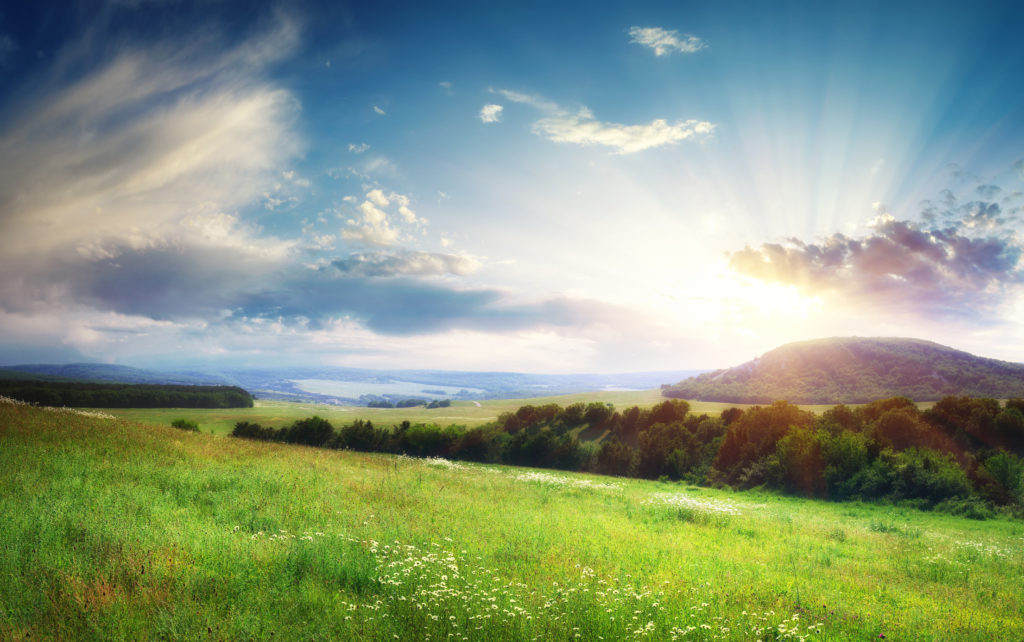
Endangered Species Protection
When people hear the word “endangered,” they typically think of animal wildlife. However, plants like wildflowers can also become endangered and in need of special protection.
In the U.K., efforts from groups like Plantlife have gained traction with many local councils. As a result, councils are starting to leave road verges uncut for much of the year to reintroduce endangered species. Likewise, unused football pitches and greens have been allowed to grow all over the country and now offer a refuge for endangered wildflowers during the spring and summer months.
Roadside wildflower meadow schemes aren’t as common in the U.S. However, there’s still plenty of public support for wildflower preservation. Places like southern Vermont have a rich ecological history and groups like the Wildflower Preservation Society have advocated for better protections against industry and agriculture for over a century. This has resulted in botanical gardens that store endangered species and greater protection for biodiverse wildflower meadows.
Sustainable Farming
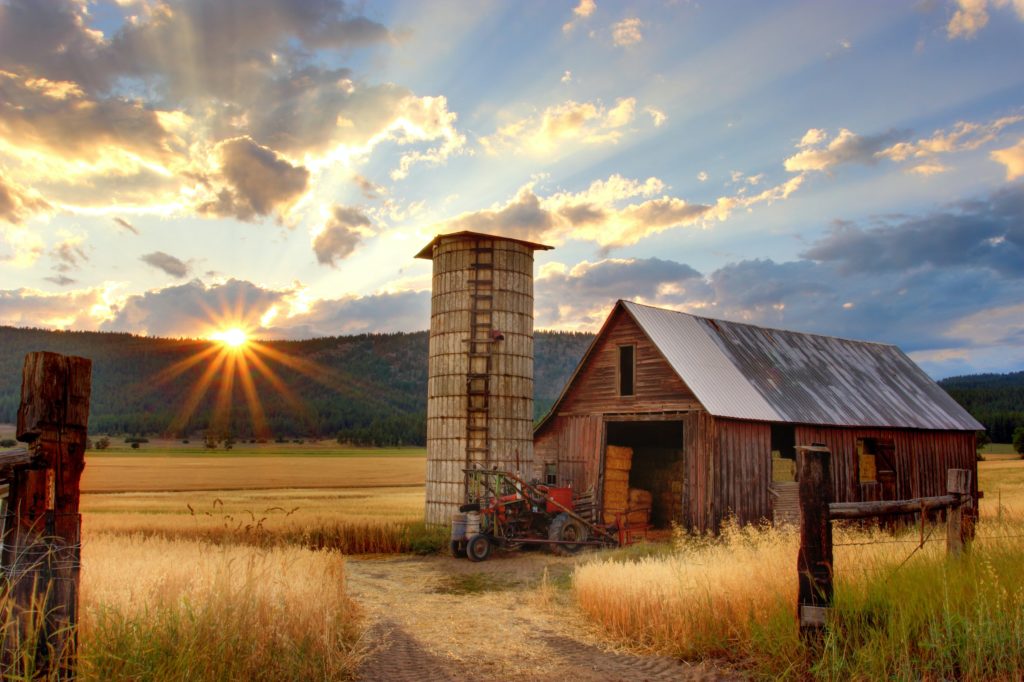
Farming and agriculture are big industries in the U.K. and the U.S. For generations, farmers have tilled the earth and made their money from growing crops and raising livestock. Today, we need to work collaboratively with farmers to ensure that local economies remain strong without harming wildflower meadows.
Striking a balance between conservation and agriculture can be hard. In the U.S., the United States Department of Agriculture oversees conservation efforts via the Farming Service Agency. These departments work together with the Natural Resources Conservation Service to evaluate land for wildflower protection and potential agricultural developments.
Ideally, these departments should work together to promote more sustainable farming practices. Farmers who sign up for conservation efforts may need to adjust their current practices and find natural solutions to common issues. However, they are usually reimbursed for changes they make and may benefit from lower costs due to more sustainable operations.
In the U.K., farmers are being incentivized to engage in rewilding projects. Rewilding occurs when land that was previously used for human enterprise is given back to nature so that wildlife and wildflowers may establish themselves. These schemes are not without criticism, however, as many feel that rewilding efforts leave farmers in limbo and do not do enough to protect and promote wild spaces.
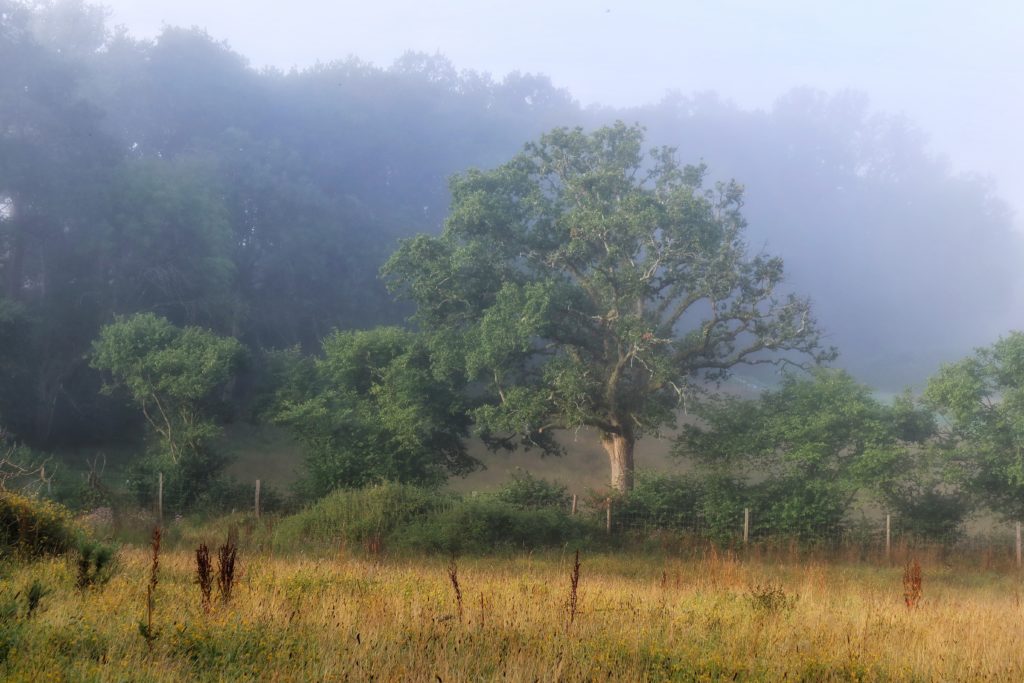
Native Wildflower Gardening
During the pandemic, many people in the U.S. and the U.K. took up gardening as a way to manage stress. Now, those same gardeners who mulched and planted their way through lockdowns can help the environment, too. Anyone can create a beautiful and eco-friendly yard that supports wildflowers and biodiversity. Wild variants of plants like marigolds, coneflowers, and butterfly weeds do well in eco-friendly gardens and can help green thumbs create wild meadows in their own backyards.
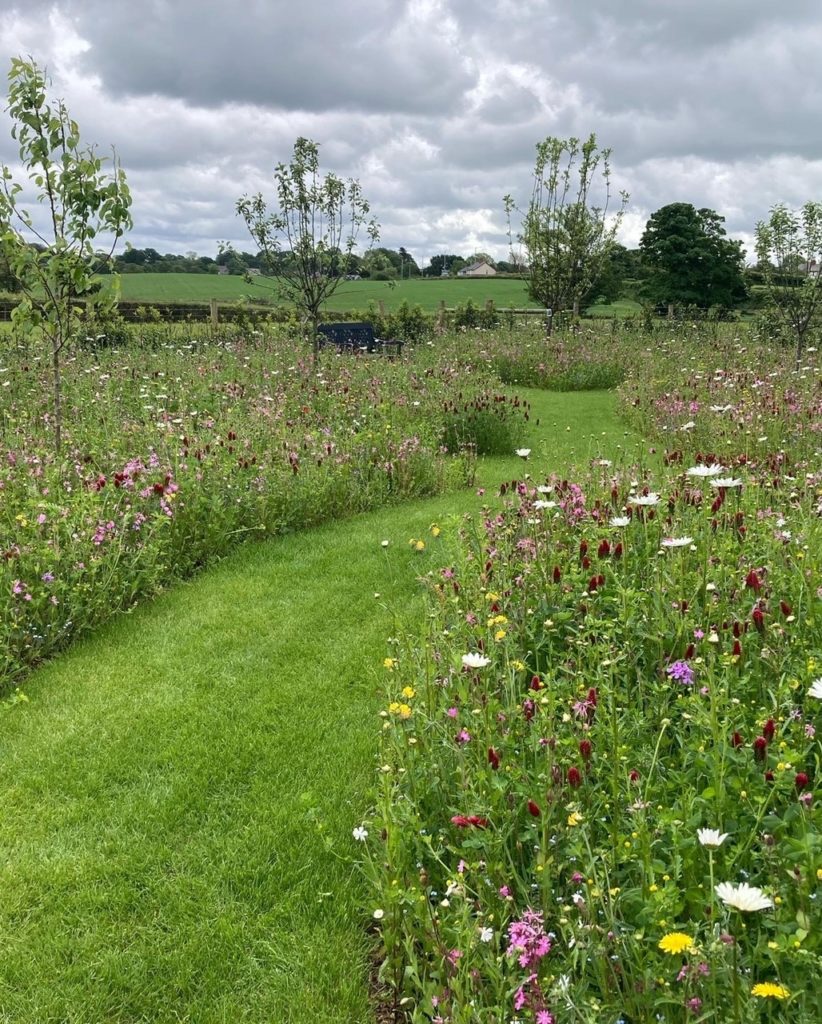
Conclusion
Wildflowers are in peril in the U.K. and the U.S. Increased industrialization and climate change are weakening wildflower habits and undermining the ecology of our green spaces. However, legislature is now in place to protect wildflowers and ensure that everyone can get out amongst the biodiverse floral displays every summer.